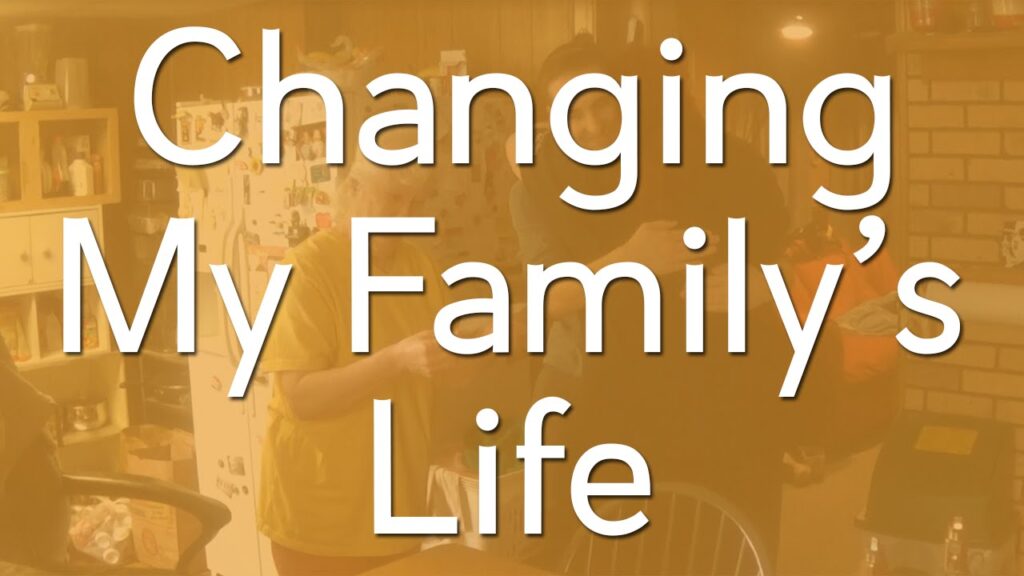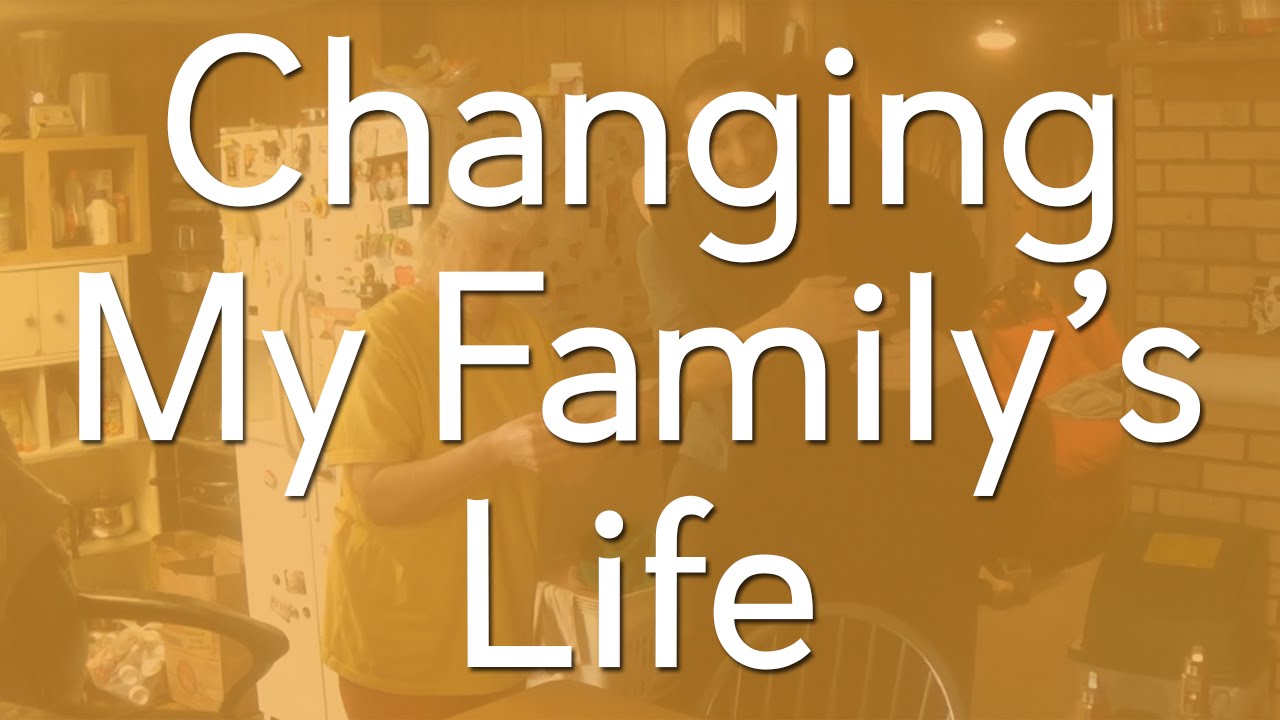
Navigating the Uncharted Waters: Understanding Change in Family Dynamics
The family unit, often considered the cornerstone of society, is anything but static. It’s a dynamic entity, constantly evolving under the influence of internal and external forces. Understanding change in family dynamics is crucial for fostering healthy relationships, navigating life transitions, and building resilience within the family structure. This article delves into the various facets of family changes, exploring the common causes, potential impacts, and strategies for adapting effectively.
The Inevitable Nature of Family Change
Change in family life is an unavoidable reality. From the moment a new member joins the family, whether through birth, adoption, or marriage, the existing equilibrium is disrupted. Children grow, parents age, careers shift, and life throws curveballs. These transitions, both positive and negative, necessitate adaptation and adjustments within the family system. Ignoring these changes can lead to conflict, resentment, and a breakdown in communication. Acknowledging and addressing these shifts proactively is key to maintaining a strong and supportive family environment.
Common Causes of Change in Family Dynamics
Several factors can trigger change in family dynamics. Understanding these catalysts can help families anticipate and prepare for potential disruptions:
- Birth or Adoption of a Child: Welcoming a new child into the family is a joyous occasion, but it also brings significant changes in responsibilities, routines, and financial burdens. Existing children may experience sibling rivalry, and parents must adjust to the demands of childcare.
- Marriage or Divorce: Marriage creates a new family unit, blending two individuals and potentially their respective families. Divorce, on the other hand, dissolves a family, leading to emotional distress, financial instability, and altered living arrangements.
- Death of a Family Member: The loss of a loved one can have a profound impact on the family, triggering grief, sadness, and a reorganization of roles and responsibilities. It’s a time when families need to come together to support each other and navigate the grieving process.
- Job Loss or Career Changes: Financial instability caused by job loss can create stress and tension within the family. Career changes may require relocation, altering family routines and social circles.
- Illness or Disability: Dealing with a chronic illness or disability can place a significant strain on family resources, both emotional and financial. Family members may need to take on caregiving responsibilities, leading to burnout and resentment.
- Relocation: Moving to a new city or country can disrupt family routines, social connections, and cultural norms. It can be particularly challenging for children, who may need to adjust to a new school and make new friends.
- Financial Changes: Significant changes in income, whether positive or negative, can impact family dynamics. Increased wealth may lead to lifestyle changes and new priorities, while financial hardship can create stress and conflict.
The Impact of Change on Family Members
Change in family life affects each member differently, depending on their age, personality, and role within the family. Children may experience anxiety, confusion, or behavioral changes. Adolescents may rebel or withdraw. Parents may feel overwhelmed, stressed, or guilty. It’s important to recognize these individual reactions and provide appropriate support and understanding.
Impact on Children
Children are particularly vulnerable to the effects of change in family dynamics. They may struggle to understand what’s happening and may experience feelings of insecurity, abandonment, or anger. It’s crucial to provide children with clear and age-appropriate explanations, reassurance, and consistent routines. [See also: Helping Children Cope with Divorce]
Impact on Adolescents
Adolescents, already navigating the challenges of puberty and identity formation, may find family changes particularly difficult. They may resist authority, withdraw from family activities, or engage in risky behaviors. Open communication, empathy, and clear boundaries are essential for supporting adolescents during times of change.
Impact on Parents
Parents often bear the brunt of managing family changes, juggling their own emotions with the needs of their children. They may experience stress, exhaustion, and guilt. It’s important for parents to prioritize self-care, seek support from friends and family, and consider professional counseling if needed. A significant change in family structure can severely impact parental well-being.
Strategies for Adapting to Change in Family Dynamics
While change in family life is inevitable, families can develop strategies for adapting effectively and maintaining strong relationships:
- Open Communication: Honest and open communication is essential for navigating family changes. Create a safe space for family members to express their feelings, concerns, and needs. Active listening and empathy are crucial for understanding each other’s perspectives.
- Flexibility and Adaptability: Be willing to adjust routines, expectations, and roles as needed. Rigidity can lead to conflict and resentment. Embracing flexibility allows the family to adapt to new circumstances more easily.
- Shared Decision-Making: Involve family members in decision-making whenever possible. This fosters a sense of ownership and responsibility, and ensures that everyone’s needs are considered.
- Seeking Support: Don’t hesitate to seek support from friends, family, or professionals. Counseling, therapy, or support groups can provide valuable guidance and resources. [See also: Finding a Family Therapist]
- Maintaining Traditions: Preserving family traditions can provide a sense of stability and continuity during times of change. Even small rituals can offer comfort and reassurance.
- Prioritizing Family Time: Make time for family activities, even if it’s just a simple dinner together. These moments of connection can strengthen bonds and create positive memories.
- Self-Care: Encourage each family member to prioritize self-care. This includes getting enough sleep, eating healthy, exercising, and engaging in activities that bring joy and relaxation.
The Role of Family Therapy
Family therapy can be a valuable resource for families navigating significant change in family dynamics. A therapist can help family members improve communication, resolve conflicts, and develop coping mechanisms. Family therapy can also provide a safe space for family members to process their emotions and address underlying issues. It’s important to find a qualified therapist who is experienced in working with families. [See also: Benefits of Family Therapy]
Embracing Change and Building Resilience
Ultimately, navigating change in family dynamics requires embracing change as an inevitable part of life and building resilience as a family unit. By fostering open communication, practicing flexibility, seeking support when needed, and prioritizing family time, families can weather the storms of life and emerge stronger and more connected. Remember that change in family life, while often challenging, can also be an opportunity for growth, learning, and deeper connection. By viewing change as a chance to adapt and evolve, families can create a more resilient and fulfilling future. This ongoing process of adaptation and understanding is critical for a healthy family life. A significant change in family circumstances often requires professional support. The key is to recognize the change in family dynamics early and address it proactively. Understanding the impact of change in family structures on individual members is paramount. Addressing the change in family roles and responsibilities is crucial for stability. Effective communication is key when dealing with change in family relationships. The ability to adapt to change in family circumstances is a sign of resilience. Support systems are invaluable during periods of change in family life. Navigating the complexities of change in family dynamics requires patience and understanding. The goal is to foster a healthy and supportive environment despite the change in family structure. Recognizing and addressing the emotional impact of change in family life is essential for well-being.

